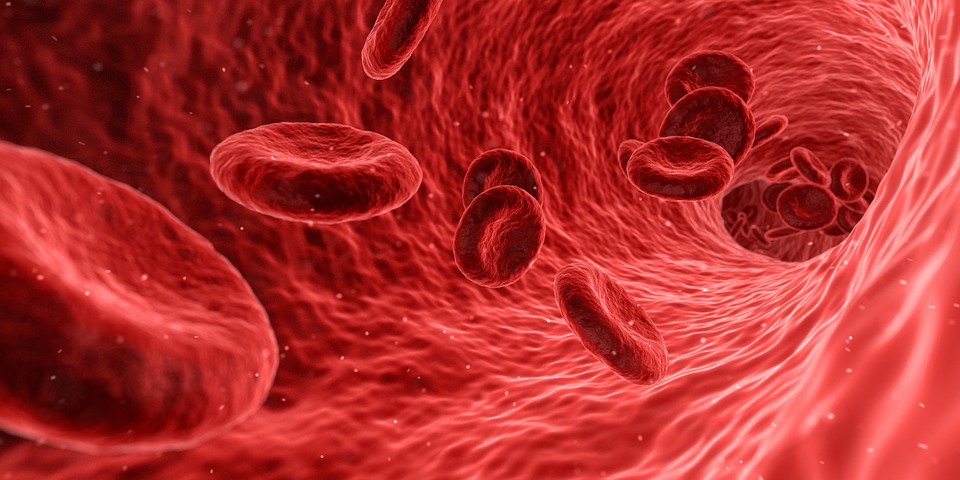
A study that included more than 45,000 residents of Sweden with rheumatoid arthritis finds that individuals with this disease had an associated higher risk of venous thromboembolism (a blood clot that forms within a vein), and that this elevated risk was stable for 10 years after the time of diagnosis, according to a study in the October 3 issue of JAMA.
“Recent reports suggest that rheumatoid arthritis (RA) may be a risk factor for venous thromboembolism (VTE), particularly in conjunction with hospitalization. Using hospitalization data to identify RA and VTE may identify patients when they are at elevated risk for other reasons, obscuring the incompletely understood underlying association between RA and VTE and leading to inappropriate institution or timing of interventions,” according to background information in the article.
Marie E. Holmqvist, M.D., Ph.D., of the Karolinska Institutet, Stockholm, Sweden and colleagues conducted a study to assess the overall occurrence and relative risks of VTE in patients with RA in relation to RA onset and disease duration as well as in conjunction with hospitalization. The study included a prevalent RA group (n = 37,856), an incident RA group (n = 7,904), and matched general population comparison groups, all from Sweden, with follow-up from 1997 through 2010.
Of the patients with prevalent RA and the matched individuals in the general population comparison cohort, 838 patients (2.2 percent) and 1,866 matched individuals (1.1 percent) had a VTE event after the index date, with analysis of the data indicating that patients with prevalent RA were at greater risk of VTE than the general population. There was no statistically significant association between a history of VTE and RA by the time of RA symptom onset. Counting from RA diagnosis, an increased rate in the RA cohort vs. the comparison cohort was detected within the first year and did not increase further during the first decade. The researchers also found that although rates for VTE following hospitalization were higher, the 1-year rate of VTE was not higher in the RA cohort than in the comparison cohort after hospital discharge. The rates of VTE increased with age but were largely similar across sex and rheumatoid factor status.
“The results of this study suggest that patients with RA are at increased risk of VTE (both deep vein thrombosis and pulmonary embolism) and that the risk of VTE increases shortly after RA diagnosis and remains similarly elevated during the first decade,” the authors write.
“Hospitalization is a strong risk factor for VTE in the general population and in patients with RA, but the short-term (<1 year after hospital discharge) rates for VTE are similar in both groups. VTE rates varied with age, less so with sex, calendar period of RA diagnosis, and rheumatoid factor status, but the relative risks of VTE were largely similar across these patient subgroups.”




